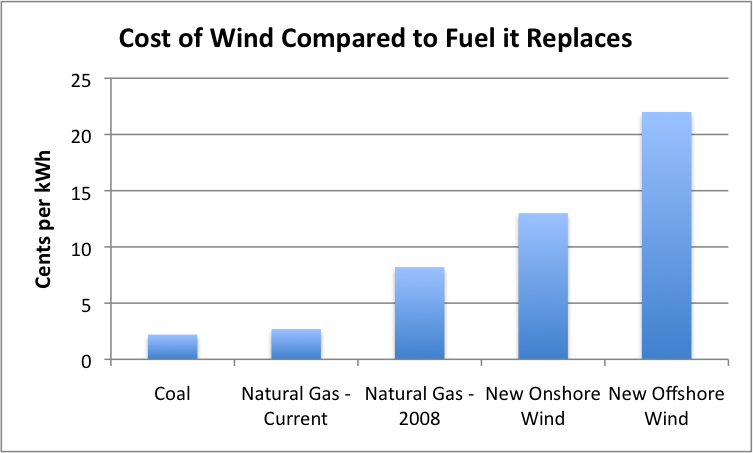
 Watching the North Pole Melt at an accelerating paceYear with Largest overall ice extent this dayYear with Least melt this dayYear with Least overall Ice Extent this dayYear with Largest melt this day
Watching the North Pole Melt at an accelerating paceYear with Largest overall ice extent this dayYear with Least melt this dayYear with Least overall Ice Extent this dayYear with Largest melt this dayJulian Day 144 May 24
------- Extent (km^2)----Difference (km^2)
2003 –
11,909,688……..……….-
15,6252004 – 11,376,719……..……….-27,187
2005 – 11,703,906……..……….-
86,2502006 – 11,
324,531……..……….-46,719
2007 – 11,571,719………………-70,156
2008 – 11,697,188………..…….-31,039
2009 – 11,838,281………..…….-70,625
Julian Day 143 May 23
------- Extent (km^2)----Difference (km^2)
2003 –
11,925,313……..……….-
7,968
2004 – 11,403,906……..……….-35,313
2005 – 11,790,156……..……….-
75,0002006 –
11,371,250……..……….-54,531
2007 – 11,641,875………………-67,188
2008 – 11,728,281………..…….-20,000
2009 – 11,908,906………..…….-68,594
Julian Day 142 May 22
------- Extent (km^2)----Difference (km^2)
2003 – 11,933,281……..……….-
25,4692004 – 11,439,219……..……….-58,906
2005 – 11,865,156……..……….-67,813
2006 –
11,425,781……..……….-70,625
2007 – 11,709,063………………-46,250
2008 – 11,748,281………..…….-29,219
2009 –
11,977,500………..…….-
76,719Sea-ice notes this week:
·As expected, 2009 slipped into 2nd on the JAXA AMSR-E time series on May 23rd. 2003 is now the highest daily extent over the last 7 years, 71,407km^2 higher than 2009, for Julian Day 144.
·With continuous 24 daylight now over much of the arctic snowcover on the ice will melt into ponds, supported by the ice below. These melt ponds are sometimes mistakenly processed as open water on the current processing algorithm. On June 1st, in recent years, the JAXA AMSR-E data shows a jump in sea-ice extent on/around this date. This is due to a change in the processing algorithm to account for these melt ponds as ice covered.
·Over the last 9 days the average decline in extent has been 67,014km^2. This is a highest rate of decline for the same 9 days in any of the last 7 years and far exceeds the runner-up, 2008, which saw an average rate of decline of 60,503km^2 over the period.
·Ice-melt through the end of May should be strong in Baffin Bay and especially so along the Labrador Coast, where much of the ice left will be eroded by the 30th and 31st as warm air and moist southeasterly winds move into this region. Sea-ice melt will be less than average over the Barents Sea and the Bering/Chukchi Seas as cold air moves down from the high arctic due to a developing low pressure over mainland Alaska. Meanwhile, the consolidated area of ice Sea of Okhotsk will begin to fracture and break up. There may also be increasing fracturing of ice in the Kara Sea as warmer temperatures spread over this region during the next 3 days.
sourceMore...
 "It is no secret to savvy climate modelers that their models are not capable of accurately predicting future climate change."
"It is no secret to savvy climate modelers that their models are not capable of accurately predicting future climate change."























